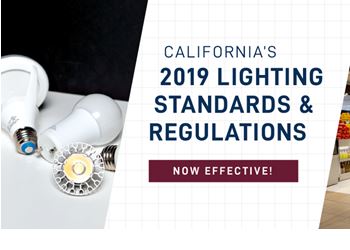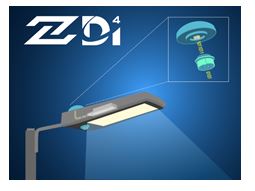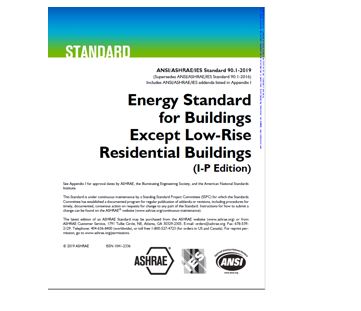My contribution to the February issue of ELECTRICAL CONTRACTOR summarizes the major lighting changes in ANSI/ASHRAE/IES 90.1, which is now the official national energy reference standard.
Codes + Standards
Codes + Standards, Legislation + Regulation
Guidance on 2019 Changes to Lighting Rules in California
California’s 2019 lighting standards and regulations went into effect January 1, 2020. The 2019 changes include updates to both the Appliance Efficiency Regulations and Building Energy Efficiency Standards.
Zhaga Publishes Book 18 2.0
The Zhaga Consortium recently announced publication of Version 2.0 of its Book 18 specifications for the mechanical, electrical, and communication interfaces between luminaires and sensors and/or communication modules.
Lighting Controls Association on the ASHRAE/IES 90.1-2019 Energy Standard
My contribution to the Lighting Controls Association in December provides a summary of the new ANSI/ASHRAE/IES 90.1 energy standard, which is used by a model energy code by some jurisdictions while also serving as an alternate compliance path for the IECC.
MD-SIG to Merge with Zhaga Consortium
Zhaga and MD-SIG recently announced that they have agreed to align their efforts and to proceed as a single organization under the Zhaga Consortium. Zhaga members have access to the former MD-SIG specifications as part of their Zhaga membership.






